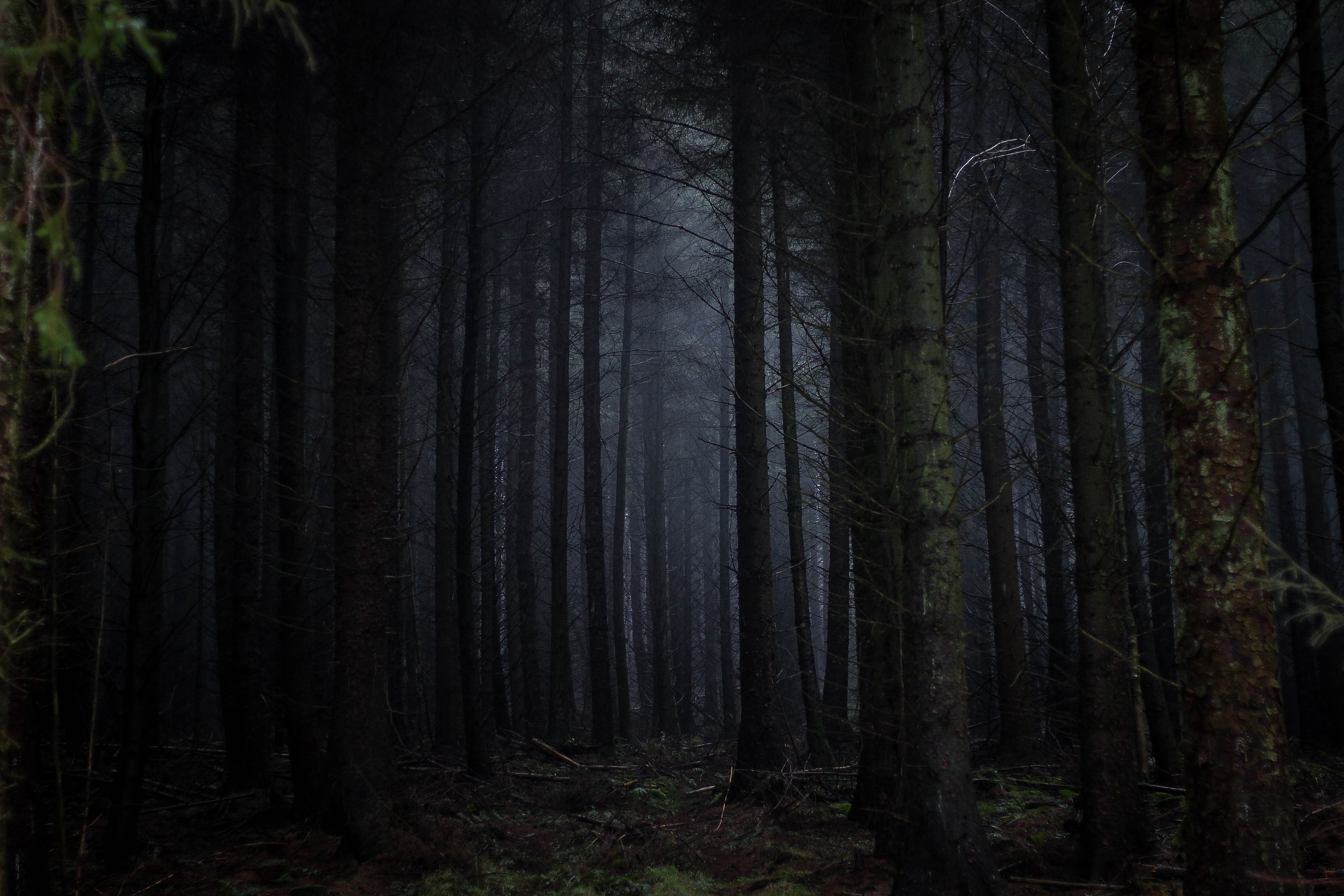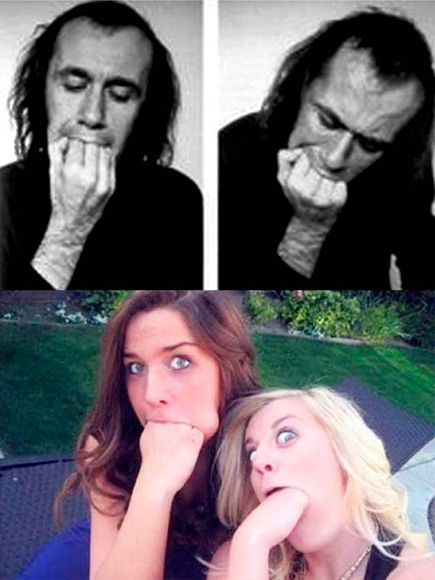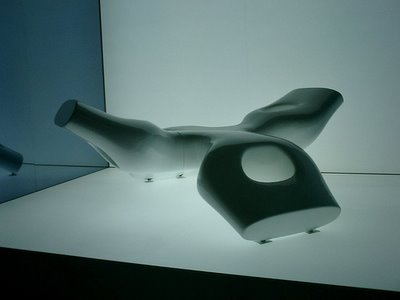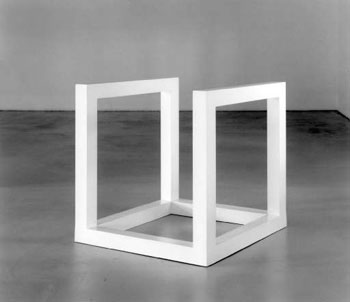Visualizza questo post su Instagram
I found a website that converts any pdf into a brainrot TikTok style video: memenome.gg. This was originally an academic essay discussing the meaning and usage of the word “art”. I don’t really have any comment to add, except that this is the AI art we need (and probably deserve).






